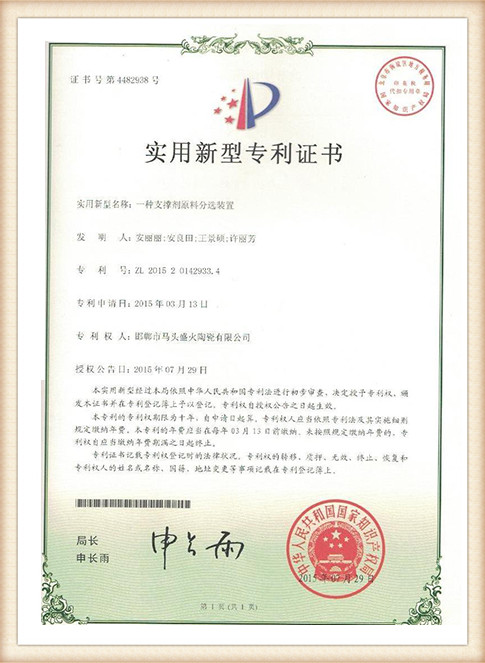Bauxite Sand An Overview of Its Importance and Applications
Bauxite sand, derived from bauxite ore, plays a crucial role in various industries, primarily due to its high aluminum content. Bauxite itself is a sedimentary rock that consists mostly of aluminum oxide minerals, such as gibbsite, boehmite, and diaspore. The transformation of bauxite into aluminum involves a complex process of refining and smelting, but the raw form of bauxite sand has its own unique applications and significance.
Bauxite sand’s primary component, aluminum oxide, is a key ingredient in the production of aluminum metal, which is lightweight, durable, and resistant to corrosion. This makes aluminum an ideal material for a wide range of applications, from aerospace and automotive industries to consumer goods and construction. The sand form of bauxite is often used in various types of metalworking, where it serves as an abrasive material due to its hardness and toughness. Industries leverage bauxite sand not only for metal production but also for its physical properties in manufacturing processes.
In addition to being a raw material for aluminum production, bauxite sand is also significant in the creation of refractory materials
. Refractories are crucial in industries that require materials capable of withstanding high temperatures and harsh conditions, such as steel manufacturing and cement production. The high melting point of alumina from bauxite sand renders it an excellent choice for refractory bricks and linings, which are indispensable in furnaces and kilns.bauxite sand

Furthermore, bauxite sand plays a role in the construction sector. Its properties can be harnessed for producing concrete, where it enhances the strength and durability of the final product. The sand can contribute to the manufacturing of specialized concrete forms been used in infrastructure projects, demonstrating its versatility beyond simple aluminum extraction.
Environmental considerations associated with bauxite mining and processing have led to increased scrutiny and efforts to promote sustainable practices. Companies are seeking alternative sources of aluminum and implementing more eco-friendly methods of refining. However, bauxite sand continues to be abundant in regions such as Australia, Guinea, and Brazil, where large deposits ensure a steady supply for industrial needs.
The demand for bauxite sand is likely to remain robust due to the growing need for aluminum in various applications, particularly as industries strive for lightweight solutions to improve fuel efficiency and reduce emissions. This trend is especially evident in sectors like automotive manufacturing, where lightweight materials are crucial for electric and hybrid vehicles.
In conclusion, bauxite sand may be just a granular material, but it holds a wealth of significance in modern industry. From its primary role in aluminum production to its applications in refractory materials and concrete, bauxite sand is an essential mineral that contributes to various technological advancements and infrastructure developments. As the global demand for aluminum continues to rise, the importance of bauxite sand will only increase, underscoring the need for responsible mining practices and sustainable use of this crucial resource.
Post time:Septemba . 08, 2024 15:28
Next:Fundición con espuma perdida - Proceso y beneficios
